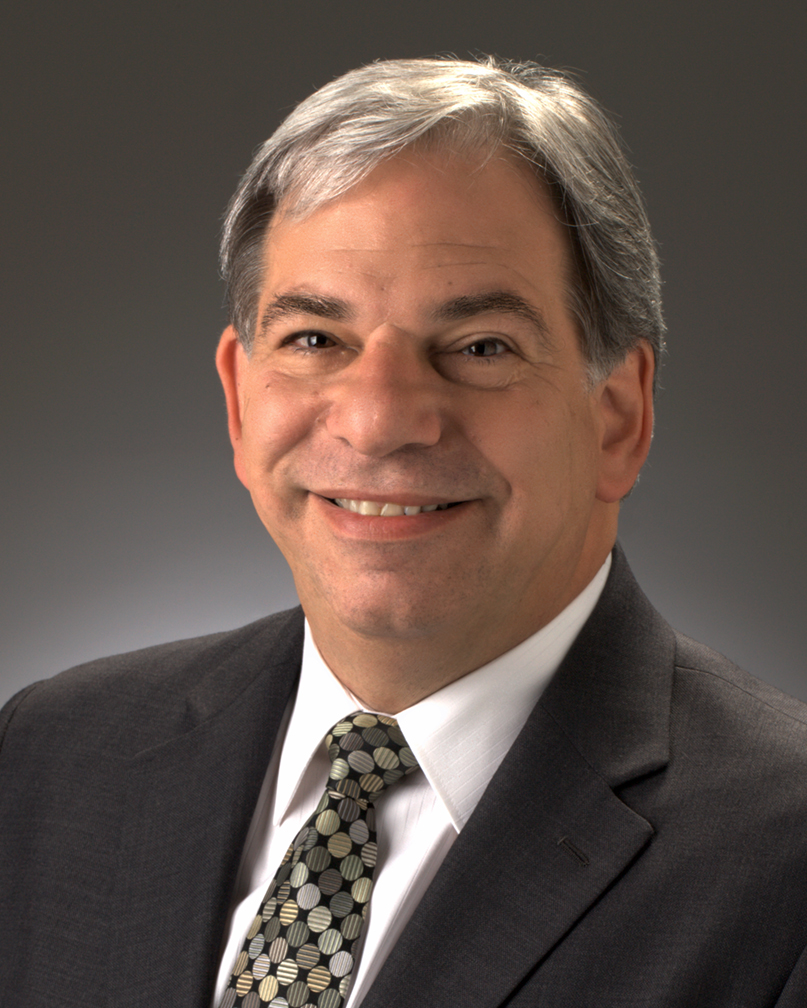Are you using investments for pressing ceramics? Casting? Soldering? Do you know which are the best ones for your applications? Read this Investment eBook to learn all about today's investments to ensure you are doing the best job you can.
Investments can be a little tricky to fully understand because there are a lot of considerations, i.e. high expansion - low expansion – phosphate – gypsum - rapid burnout – refractory. Which type of investment will work best for you? Basically, there are two types of investments in the dental market. One of them is gypsum bound and the other is phosphate bound.
Gypsum investment is indicated for low fusing crown and bridge alloys with temperatures less than 650°C. It uses only water as a catalyst to harden it. A hygroscopic technique may be used with this type of investment to push expansion, but most use standard or long burnout techniques.
Phosphates are hard, very strong and can tolerate a higher temperature burnout in order to accommodate high temperature alloy casting. They require special liquids for mixing, and can be used with a standard or rapid burnout process.
Most labs have been using the same investment for a long time and rarely give much thought as to whether it’s the best one for their pressed ceramic or casting alloys. This eBook will attempt to break down some of the differences between investment materials with an overview that shows what’s available and which ones fit your needs. Content here…







Leave a comment